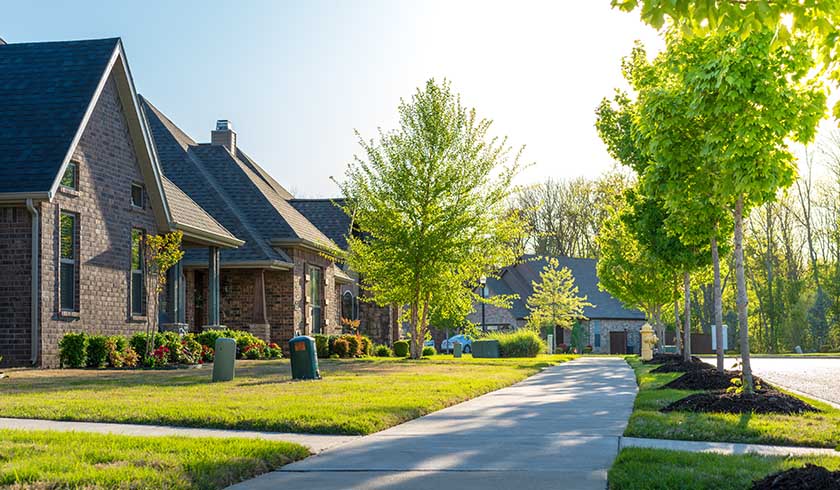What will happen to property post-hibernation?
While the current data around transactions may present a bleak outlook for the wider property market, there’s “certainly no need for particular concern or panic”, an investment expert has said.

La Trobe Financial’s chief investment officer Chris Andrews was speaking on an Australian Credit Fund Portfolio Update when he commented on the “surprisingly robust” nature of the property market at present, despite the economic downturn driven by COVID-19.
“Most of Australia’s house prices continued to grow through April”, he flagged, despite it coinciding with a sharp drop in purchasing activity.
The mixed signals have led La Trobe Financial to no longer regard monthly price data “as especially representative or useful”.
“The property market is in hibernation, and conventional price signals – like auction clearance rates and the things we often look at being really useful leading indicators – for the time being, they are sidelined,” he said.
Mr Andrews said that while commentary and analysis around the property market will continue, he advises investors to “always remember when you are reading that – it’s based on a small number of unusual transactions”.
Citing data from CoreLogic, he flagged settled sales and new listing estimates are all down by about 40 per cent since the pandemic began.
But the real question for the property market, according to Mr Andrews, is “what will happen to prices post-hibernation?”
Looking to the fundamentals of supply and demand, the investment officer said housing supply “is likely to be sticky and unresponsive, as it traditionally is in Australia”.
“The effect on the supply side is just beginning to show in the data, so expect a decline in approvals to accelerate over the next few months as banks restrict credit to developers and prospective purchasers put plans on hold,” he said.
“This will [help put] an effective floor under house prices.”
Even with a conservative economic outlook, he is predicting house prices won’t retrace more than “about 8 to 12 per cent”.
“When that’s compared to the increases [seen] in Sydney and Melbourne just over the last 12 months (where Sydney was up 14.3 per cent and Melbourne was up 12.4 per cent), property holders generally have substantial buffers in place,” he said.
Where there are falls, they will likely manifest “most obviously in high value dwellings in line with traditional market behaviour”.
From Mr Andrews’ perspective, “when you take into account the substantial lead time in getting the project to approval, and then of course actually completing the construction post-approval, you can get a sense of the stickiness of the supply side as we come out of the hibernation phase.”
“That’s the sort of dynamic that’s driven the resilience of housing markets in prior correction events – if you want to baseline your thinking about property in a moment of volatility, there it is,” he said.
He concluded by stating that there’s “certainly no need for particular concern or panic about the property markets at present.”

